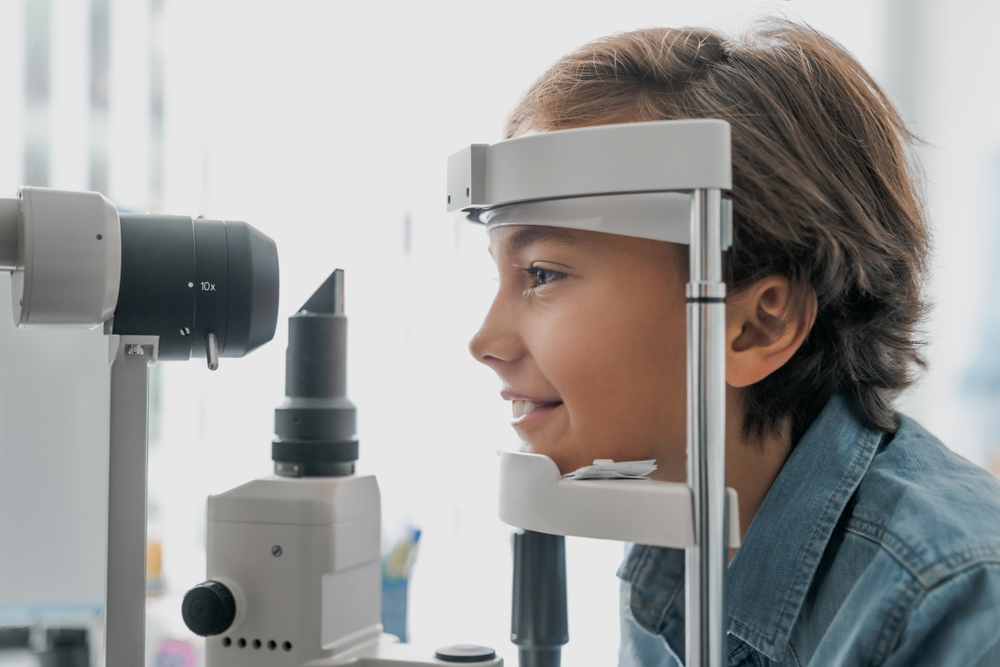Have you ever tried to read a far-off billboard or tried to make out a distant object, but it appeared blurred to your sight? If yes, you might be experiencing a condition known as myopia, popularly referred to as nearsightedness. This eye disorder, which affects a significant proportion of the global population, is a common source of impaired vision, particularly among the young population.
What is Myopia?
Myopia is a prevalent refractive error of the eye. It is a condition that makes distant objects appear blurred while close objects can be seen clearly. This happens because the eye's physical length is greater than the optical length, causing light rays to focus at a point in front of the retina, instead of directly on the surface.
Myopia generally begins in childhood and gradually progresses over time. It's a condition that, while not life-threatening, can significantly impact a person's quality of life, affecting their ability to perform tasks that require good distance vision.
What are the Signs and Symptoms of Myopia?
Recognizing the signs of myopia can be the first step towards addressing the issue. The most common symptom is difficulty in clearly seeing objects or reading text that is far away. This might be more noticeable in environments with low light.
For children, who might not be able to express their difficulty in seeing clearly, certain signs can alert you to the possibility of myopia. These include frequent blinking, excessive eye rubbing, or a need to squint to see distant objects. In some cases, children may show signs of struggling at school due to their inability to see the board clearly. Headaches can also be a symptom of myopia, caused by excessive strain on the eyes.
How to Spot Myopia
The key to managing myopia effectively is early detection. Having regular eye examinations is one of the most reliable ways to spot the condition early. These tests usually involve a simple procedure where the optometrist will check your visual acuity using a standardized eye chart.
In between eye exams, be mindful of any changes in your vision or your child's vision. If you or your child frequently squint when trying to focus on distant objects, it may be a sign of myopia. Additionally, pay attention to any complaints of headaches or eye strain, as these may also signal the onset of myopia.
Myopia Treatment Options
If you're wondering about myopia treatment options, rest assured that several effective methods can help manage the condition. The most common treatment is corrective eyewear, such as glasses or contact lenses. These devices work by adjusting the way light enters your eyes, helping to focus it correctly on the retina.
For more severe cases of myopia, refractive surgery, such as LASIK, may be an option. This procedure works by reshaping the cornea so that light entering the eye can be properly focused.
Other treatments include orthokeratology, a non-surgical procedure that involves wearing specially designed rigid contact lenses that reshape the cornea while you sleep. Additionally, there are ongoing studies into the use of eye drops, such as atropine, to slow the progression of myopia in children.
Living with Myopia
Living with Myopia can be challenging, but with early detection and appropriate treatment, its impact on daily life can be significantly reduced. It's important to remember that Myopia is a manageable condition and does not have to dictate the quality of your life.
To learn more on signs, symptoms, and treatment options of myopia, visit Grove Eye Care at our office in Richmond or Midlothian, Virginia. Call (804) 353-3937 or (804) 888-8998 to schedule an appointment today.











